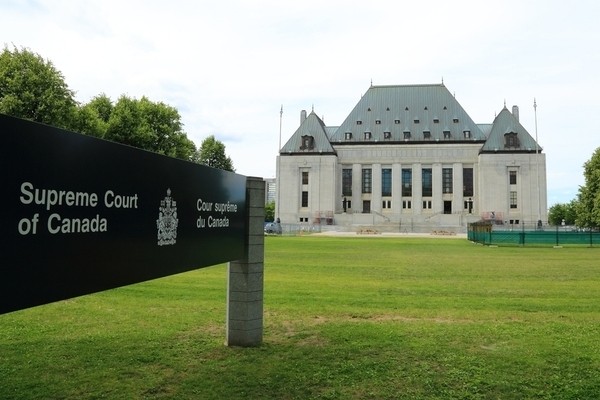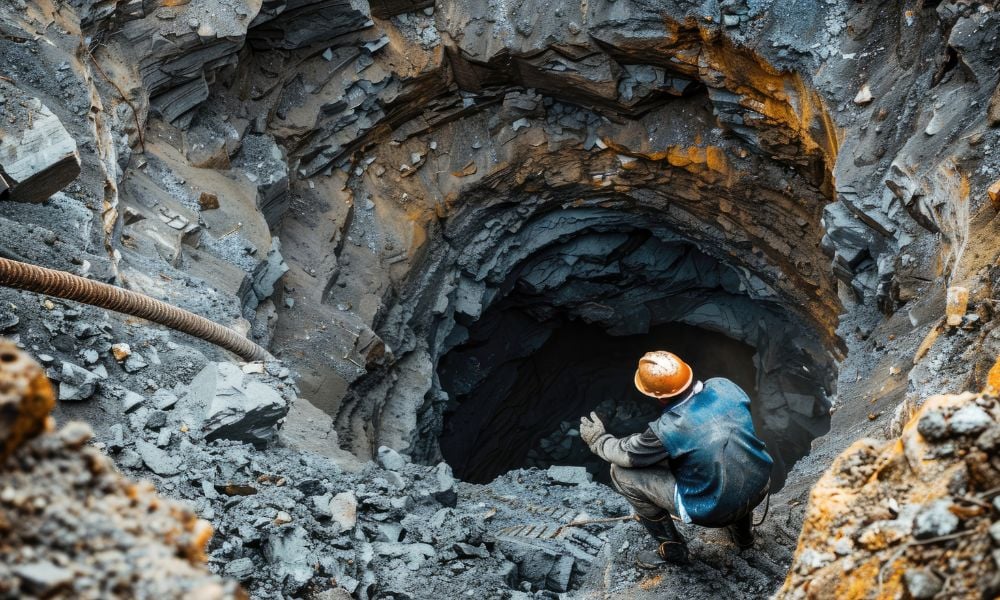Lawyer who argued case before court says decision 'vastly expands' responsibilities

In a groundbreaking decision, Canada’s Supreme Court has ruled that municipalities can be held legally responsible for accidents on construction sites, even when they lack direct control over the workers or the workplace. This landmark judgment has sent shockwaves through the health and safety industry, prompting concerns and calls for a reevaluation of due diligence practices.
“It's a game changer,” says Ryan Conlin, partner at Stringer LLP, and one of the lawyers who argued the case before the Supreme Court while representing the City of Greater Sudbury. "It basically expands the responsibility of owners for safety violations of contractors on-site and vastly expands their responsibilities.”
The case in question involves the tragic death of Cecile Paquette, who was crushed by a grader while crossing Elgin Street in Sudbury in September 2015. For years, Greater Sudbury officials argued they weren't responsible for the accident, as they legally classified themselves as neither "employers" nor "constructors." Instead, they attributed blame to Interpaving, the contractor hired for the construction project.
However, the Ministry of Labour charged both the city and Interpaving with violations under the health and safety act, leading the construction company to plead guilty and pay a substantial fine, while the city faced restrictions on bidding for municipal contracts. The City of Greater Sudbury fought these provincial charges in court, initially convincing a judge that they couldn't be held responsible for Paquette's death.
The legal battle escalated through various courts, with significant costs incurred by Sudbury taxpayers. The case finally reached the Supreme Court of Canada in the fall of 2022, resulting in the pivotal ruling issued late last week.
In a split decision, the Supreme Court justices determined that the city was the "employer of the inspectors" responsible for overseeing the construction project and "employer of Interpaving." This decision places a significant burden on municipalities and private entities contracting construction work, holding them accountable for safety violations on their projects.
The concept of "due diligence" in this context has also come under scrutiny. Historically, owners had minimal involvement in ensuring on-site safety, primarily contracting out to third-party constructors. However, the Supreme Court's decision suggests that owners may now need to take a more active role in supervising and monitoring construction projects to meet their due diligence obligations.
Conlin emphasized the need for owners, whether public or private, to adapt to the changing legal landscape. "Owners who contract for construction are going to want to pre-qualify the contractors they hire and consider taking a supervisory role on the job," he advised.
The case now returns to the Provincial Offences Appeal Court, where the issue of due diligence will be thoroughly examined. If the City of Greater Sudbury is found to have not exercised due diligence, it could have significant implications for the interpretation of due diligence in the broader context of health and safety.
As health and safety professionals grapple with this new legal precedent, the industry faces a critical juncture, where a reevaluation of practices and responsibilities is necessary to ensure the safety of workers on construction sites. The evolving landscape of due diligence in the wake of this decision remains uncertain, with future court rulings and potential legislative changes shaping the path forward.





